He cast his questions across the Mojave sky - whispered his worries on the winds - threatened us with rain and roars - and chilled our days and nights with a cold shoulder.
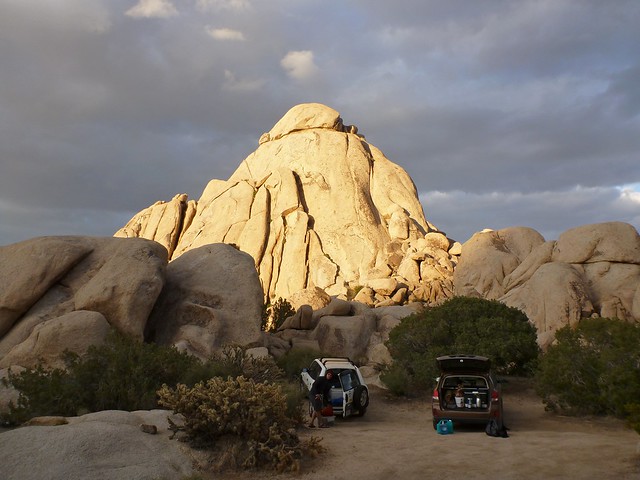
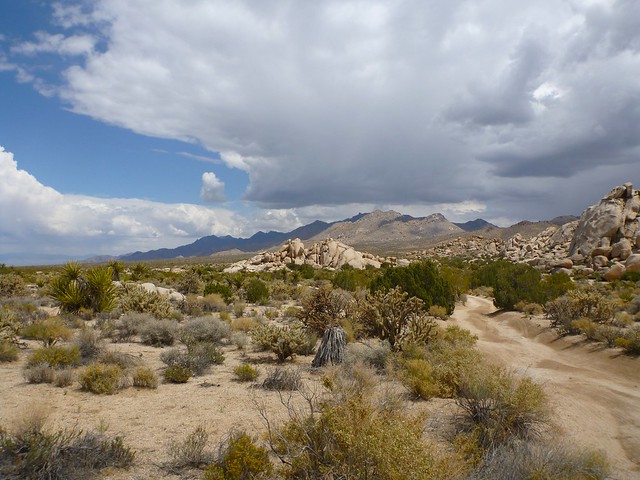
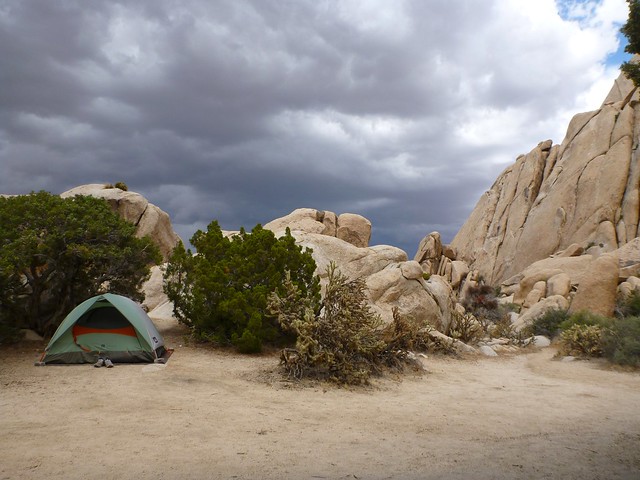
Making our target - herps, most rare.
But we persisted in our quest, and honored the Wind Puma with fine food, drink and friendship.
So he sent a test.
Which the neophyte herpster who found it fell for, as I delivered it back to camp.
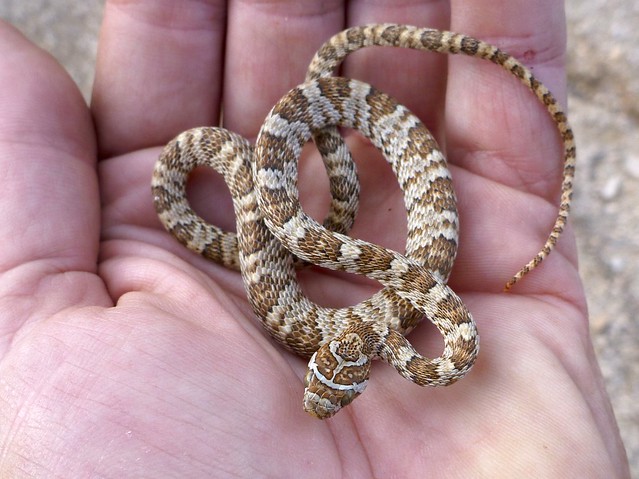
"Night snake!," said I, when asked what species I'd caught.
Ooohhs and ahhhhs followed. The small, sleek, brown-splotched snake was worshiped and photographed, and then returned to the exact spot where found (as always).
"First snake" was called: Night snake, Hypsiglena torquata.
And the Wind Puma chuckled, and darkened and cooled the skies once more.
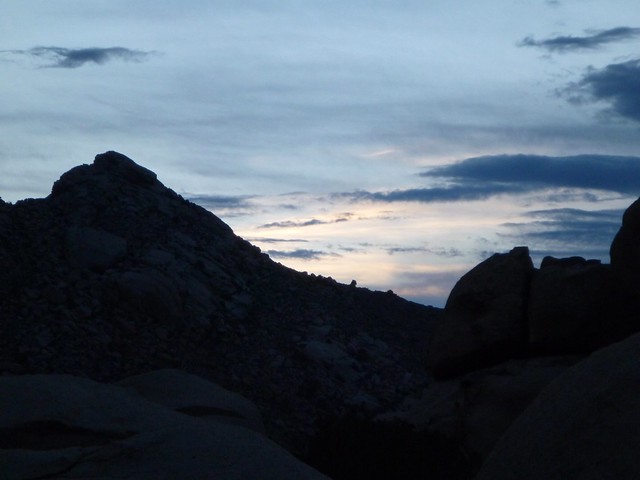
But the herp-master in the crew had doubts. Something was nagging him about the little brown snake. Something in the pattern.
The following day, after a check in a book at Kelso Station, he had it.
"You know that Night snake you caught? It was a Lyre snake, Trimorphodon biscutatus. Hadn't seen one in a while. Cool snake. Look at your photos - you'll see the lyre pattern on the head."
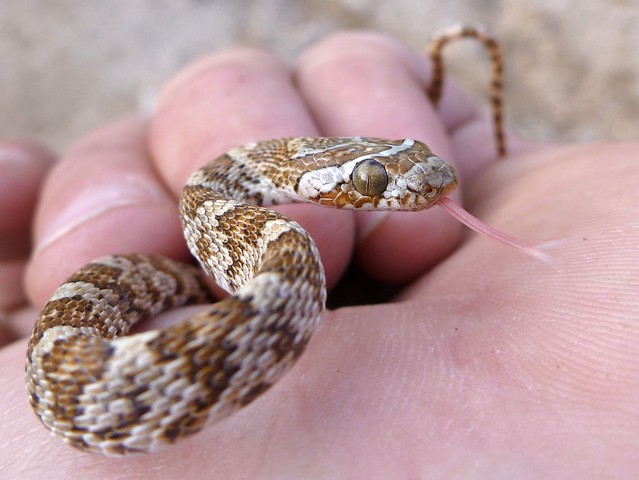
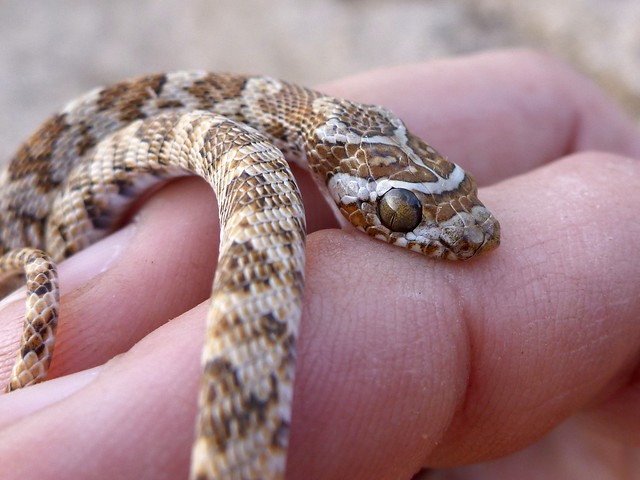
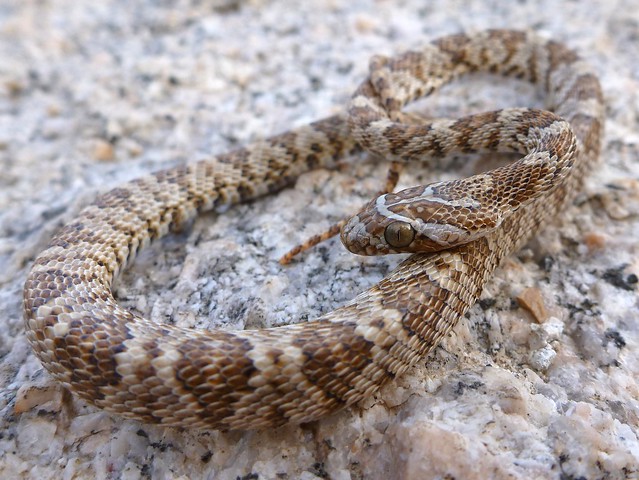
A liar Lyre. And a lifer for me - the neophyte. Which is honestly why I didn't think of it. Lyre snakes are not common, and I never expected to see one. In my defense, they also get as big as 4 feet - twice the length of a full-grown Night snake. So the juvenile size added to the trickery.
But the herp-master had caught it.
Thus catching the Wind Puma's attention, again.
As we explored the amazing Kelso Dunes the herp-master once more showed his metal - skillfully noosing a lightning-quick Zebra-tailed Lizard, Callosaurus draconoides, for show & tell. But not so much for us, but for the kids of a friend who happened to also be at the Dunes.
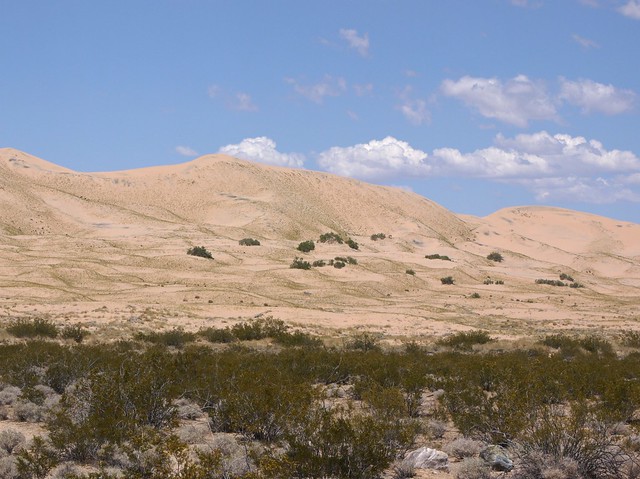
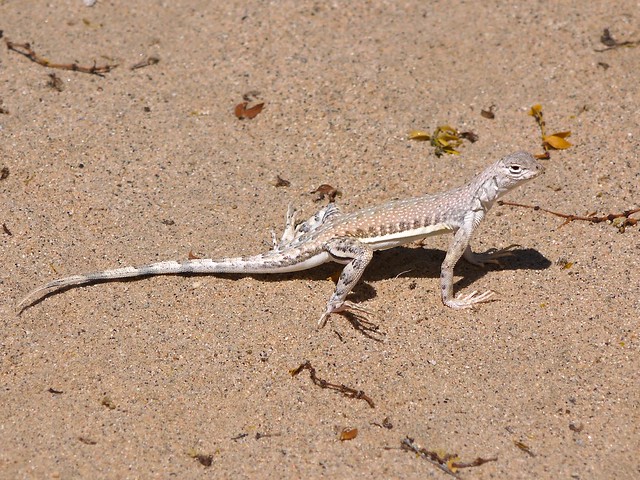

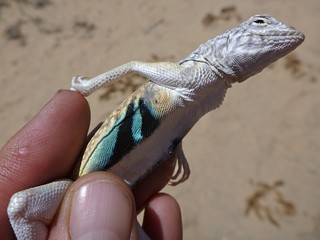
And the Wind Puma smiled, cracked the sky, and sent one last test as we walked the rocky washes of the nearby Providence Mountains.
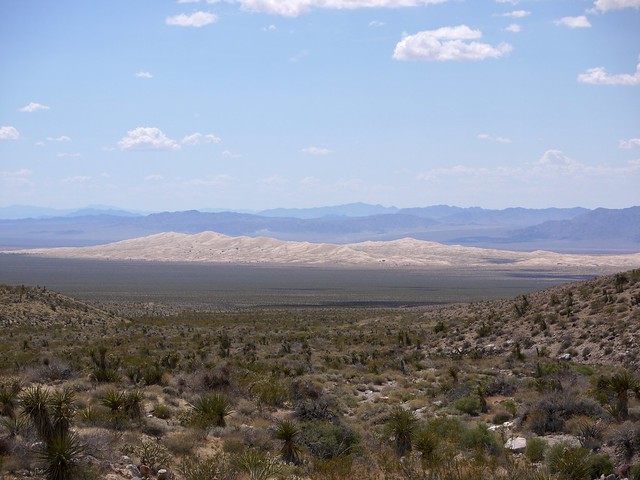
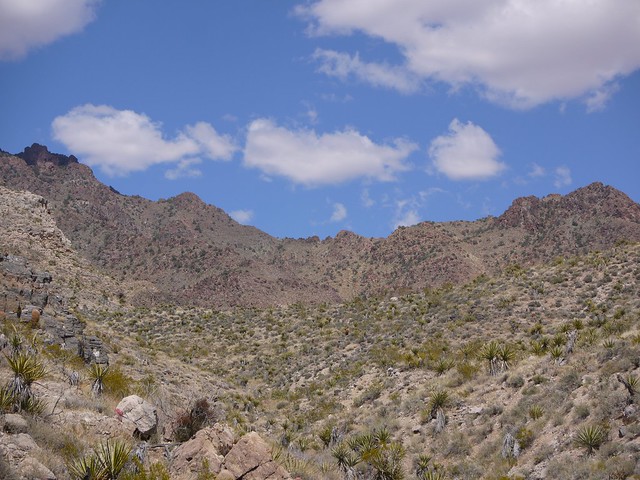
A test the neophyte once again delivered to his friends.
"You see anything?," I said slyly.
"No," said a chorus. "You?"
"Just this," I teased, and opened my hand to display the small coiled snake.
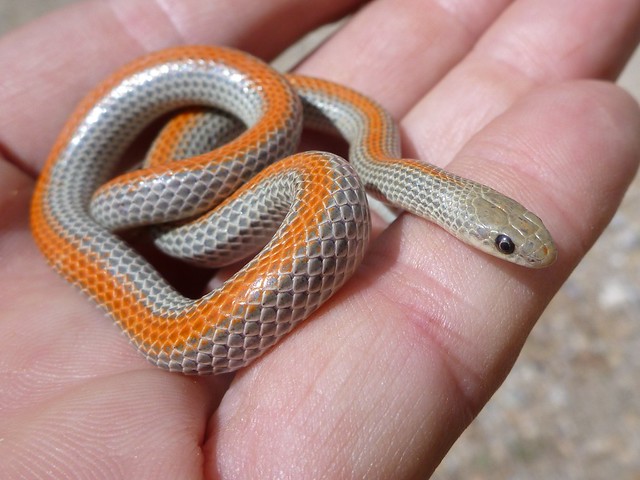
"What's that???!," said the chorus.
"I have no idea," said I, remembering my hasty ID of the Lyre snake.
"Sonora semiannulata," injected the master. "A Ground snake. Nice coloring. They also come in a banded morph."
"Oooohhh!!" we all said, and rushed to consult Stebbins and take photos.
Yet another lifer for most of us.
But not the herp-master, who took the snake to show a group of Geologists that had wandered by.
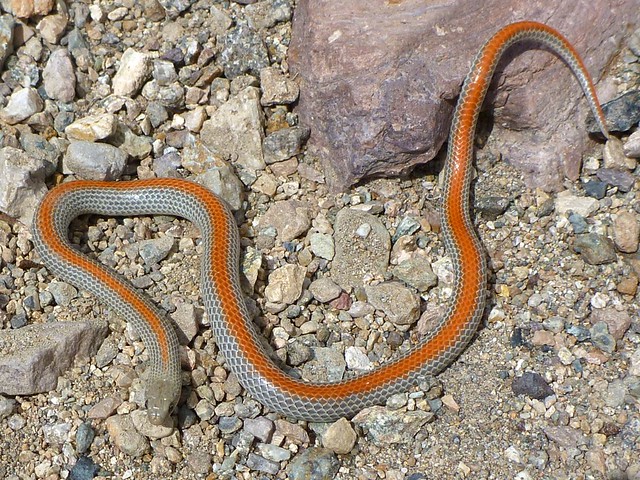
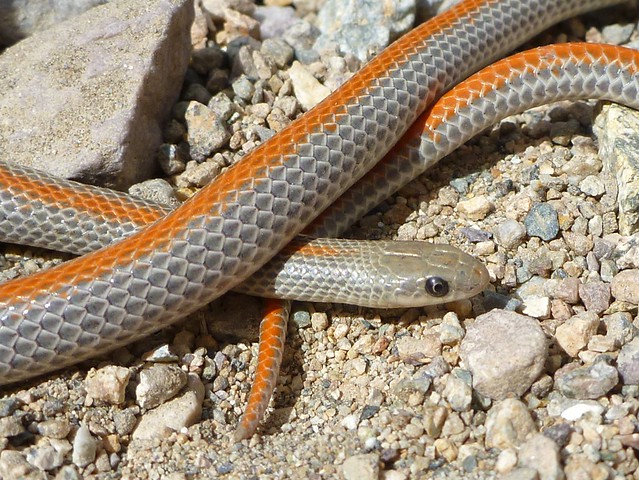
And the Wind Puma grinned.
"Ah. I know you herp-master. Welcome back - welcome home."
And the sky cleared, and the sands and rocks and roads began to warm, and the shadows grew long, and the desert came to life.

Which led to more herps, mammals, birds and plants being seen and enjoyed during our visit.
15 species of herps, in all. 8 lizards and 7 snakes. And 2 new mammal species on my cam traps. And 8 cactus species in bloom.
But those are for other stories. I'll let you enjoy the Lyre and Ground snakes for now.
And the magnificent Mojave Desert.
Oh - the moral of this story: if you plan to hunt snakes and lizards in the Mojave - always honor the Wind Puma by bringing good food, drink and friends. And a herp-master.
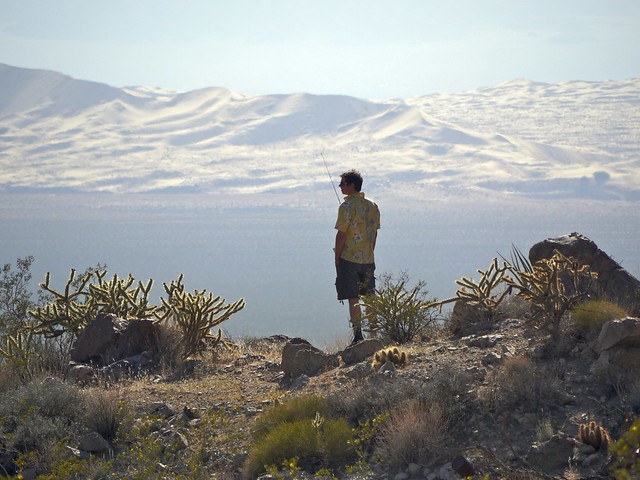
John the herp-master in the Providence Mountains, with Kelso Dunes in background (2012)
====
References:
- Wikipedia - Granite Mountains
- Wikipedia - Providence Mountains
- Wikipedia - Kelso Dunes
- Wikipedia - Kelso Station
- California Herps - Trimorphodon biscutatus
- California Herps - Callosaurus draconoides
- California Herps - Sonora semiannulata

Sweet! Is that lyre trying to bite your finger?
ReplyDeleteHeya Katie. Yep - trying to dig in those rear fangs.
DeleteRT
ReplyDeleteWhat wonderful snakes. And the habitat to die for.
It would have had two of the most unusual North American grasshoppers out at this time of year: Tanaocerus koebelei (on or near the ground) and Mohavacris timberlakei (on the various shrubs like Creosote Bush). Both are wingless and have long, thread-like antennae similar to the antennae of katydids and crickets. Something to look for next time.
Dave Rentz
Ahmagah, SOOOOOO jealous! I was looking for the kidney shaped brown blobs behind the "night snake"'s jaw, then WOW, those eyes in the other shots. WHAT a BEAUTY! And the ground snake? I've never seen one of those in person, that's for sure. Not even sure I knew they existed. Gorgeous creature. Sounds like a marvelous outing. Congrats!
ReplyDeleteConsidering the fact that I have not encountered those snakes, and the Zebra-tailed Lizard since the 1970's, i'm proud of myself that I got the identity of them correctly even before you revealed them. This post really made me nostalgic for my own California youth. Great photos, great writing.
ReplyDeleteHoly wow, that Lyresnake rocks!!! We just don't get that level of cool in our snakes in the midwest.....
ReplyDeleteWow, beautiful herps and landscapes, and a great narrative. Love it!
ReplyDeleteThe only thing missing from that story was a picture of some pork products. Awesome story-telling time with Uncle RT. Felt like I should have been sitting around a campfire reading this post. Still thinking about the smell of the desert after that T-storm.
ReplyDeleteYes, a photo of the Bahn mi would have been a nice add. I'm pretty sure it was actually the smell of those cooking that caught the Wind Puma's attention.
DeleteLike those racing pits on the lizard. So we should look to the skies when searching the earth?
ReplyDeleteIf what you are looking for is dependent on ground temperature - definitely.
Delete